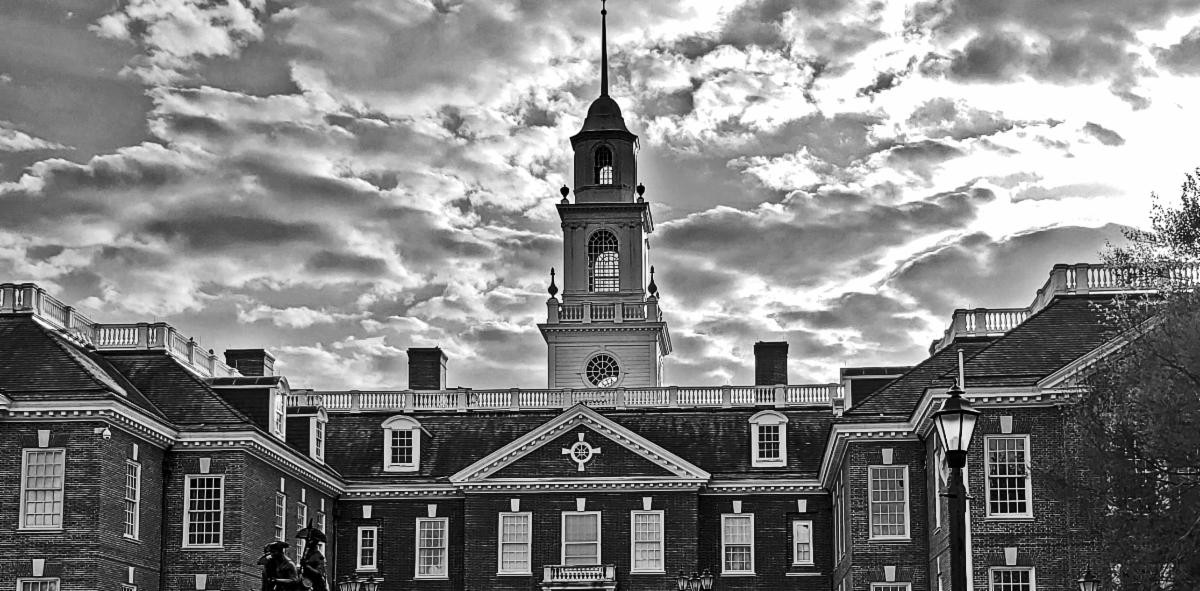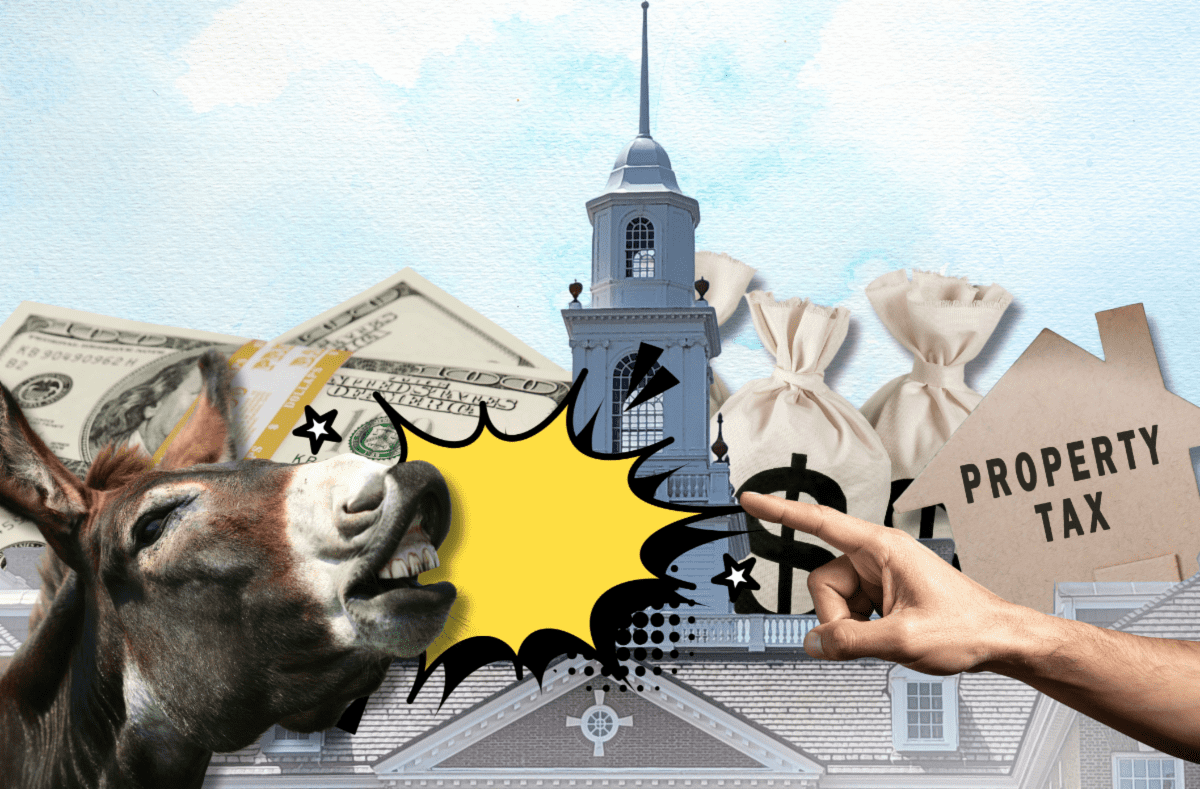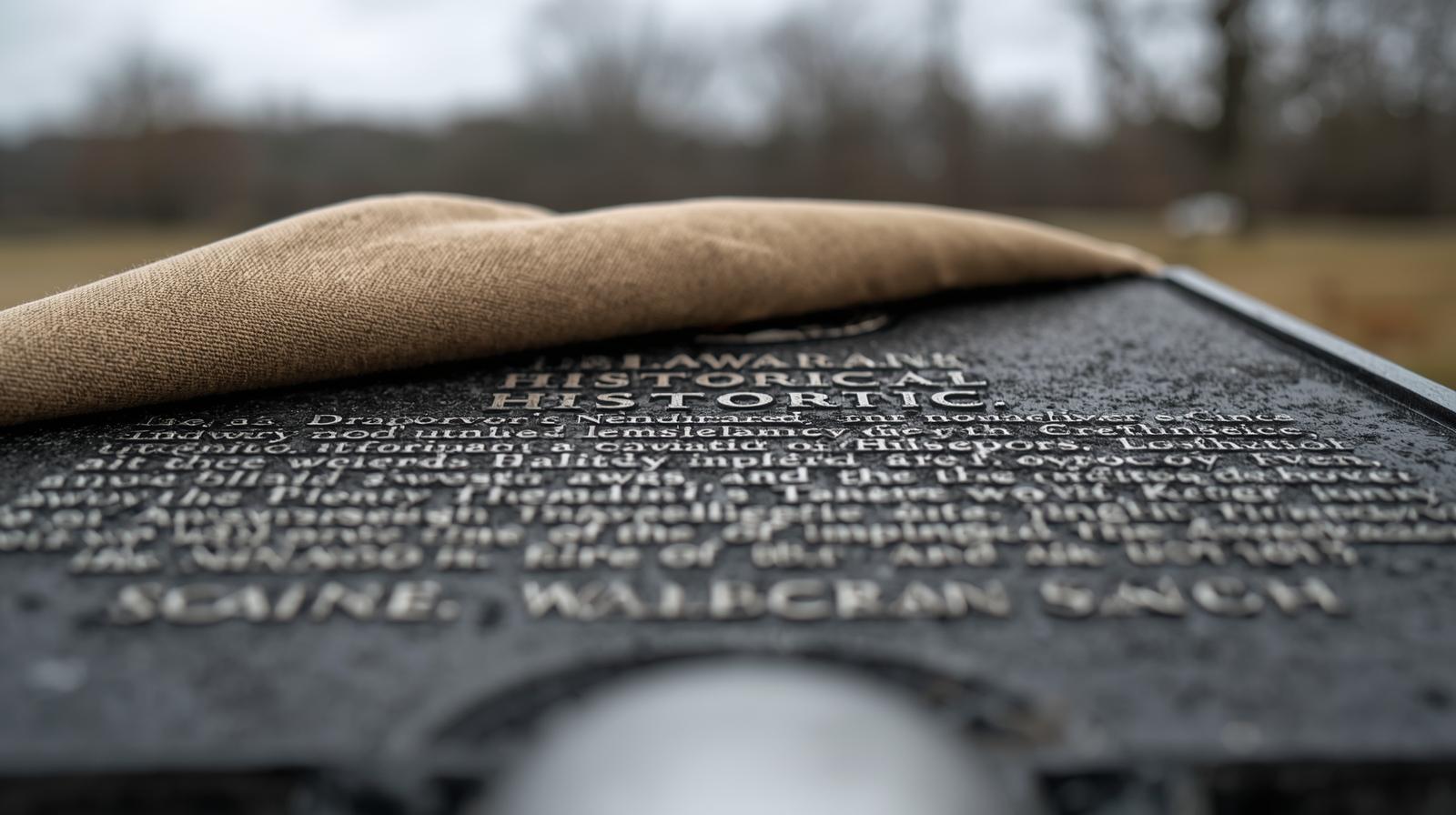By State Rep. Danny Short
The State of Delaware has a monkey on its back, and I have a front row seat to watch the troubling signs of withdrawal as it risks not getting its fix.
I’m a member of the Joint Finance Committee (JFC), the 12-member group of lawmakers that fashions the annual state operating budget.
Most Delawareans find the budget process dull as dishwater and tend to ignore any news about it. That’s unfortunate, because the issues related to where the state government obtains its funds, how it allocates them, and where it spends them impact every citizen in countless ways.
First, we need to take a quick dive into State Budgeting 101.
Unlike the federal government, Delaware is limited by law to spend no more than 98% of its expected revenue.
The state’s revenue forecasts are made six times per fiscal year: October, December, March, April, May, and June.
The governor, working with the Office of Management and Budget, holds budget hearings each fall, which are now underway. Using testimony from the state agencies and the revenue forecast issued in December, they will write a recommended budget for the upcoming fiscal year. That spending plan will be presented to the public and lawmakers in late January.
The group I am on, the JFC, will review this proposal, hold our own budget hearings in February and early March, and make changes. This is often a highly partisan process, with Republicans outnumbered on the committee by a margin of 2 to 1.
The JFC continues to monitor the new revenue estimates as they are issued through the spring. The budget we produce must be enacted before the start of the new fiscal year on July 1 and is mandated to appropriate no more than the spending limit set by the June estimate.
The 2% unbudgeted buffer built into the process provides flexibility in case the revenue projections prove to have been overly optimistic. We also have two reserve accounts. The Budget Stabilization Fund (a.k.a., the budget smoothing account) contains about $469 million. This set-aside was explicitly created to bridge a temporary, unforeseen budget shortfall. The Budgetary Reserve Account (a.k.a. the Rainy Day Fund) is maintained at 5% of annual state revenue and currently contains $366.5 million. Since its creation in 1980, it has never been tapped, as it’s intended only for dire circumstances.
For the most part, this system kept us out of trouble. Mostly. But it is not perfect.
When times are good and the state’s coffers are overflowing, we can still spend nearly everything that comes in. That’s a problem because it builds costs into the base operating budget that are supposed to be accounted for at the start of each cycle.
During and after the pandemic, the federal government threw billions of dollars at state governments, which were only too happy to spend the largesse. In Delaware, the strong economy, combined with federal dollars, fueled extravagant spending growth.
House and Senate Democrats, who control the annual state budgeting process, as well as the former Carney administration, enacted a series of spending hikes. Between FY 2021 and FY 2025, actual General Fund appropriations jumped by more than $2.4 billion, or more than 53%. That does not even include the additional 5% to 7% increase in the current fiscal year.
I don’t know many Delaware families or businesses that experienced such an increase in purchasing power over the same period.
The challenge for state budget writers, and the Meyer administration, is that spending over this span far outpaced revenue growth. Governor Meyer and his staff were aware that a reckoning was coming. Late last March, Office of Management and Budget Director Brian Maxwell indicated that the Meyer administration not only envisioned spending all of the $469 million in the Budget Stabilization Fund, but that within two years, the state could face a nearly half-billion-dollar shortfall.
Instead of trying to live within its means, the Meyer administration recently called the General Assembly into an extraordinary session to pass a bill eliminating tax benefits intended to encourage businesses to invest in research and development and production improvements. I voted against the measure because it will facilitate higher state spending, hinder local business development, and give Delaware corporate interests further reason to doubt our state’s waning business-friendly reputation. It cleared the House and the Senate on party-line votes and was swiftly signed into law by the governor.
Spending money faster than it comes in is the irrational act of an addict, who bases his reasoning entirely on getting the next fix, never weighing the future consequences of his actions. We need to break this cycle of spending dependence to protect the interests of everyone who relies on a stable state government for vital services and assistance.
















